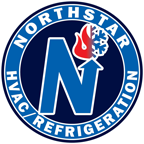
Northstar University
Welcome to Northstar University, your go-to resource for the latest in HVAC and refrigeration technology. Here, we provide expert articles on compliance, energy efficiency, sustainability, industry trends, client success stories and essential maintenance tips. Stay ahead with insights from Northstar Refrigeration, the leader in HVAC and refrigeration solutions.

HVAC System Preventative Maintenance: Stay Cool This Summer
As an HVAC technician, I know how crucial it is to ensure your cooling systems are ready for the summer heat. Preventative maintenance not only keeps you cool but also extends the life of your equipment and improves efficiency.

How to Prepare Your HVAC System for Summer Heatwaves
As temperatures rise across the Northeast, summer heatwaves are becoming more intense—and more frequent. For commercial and industrial facilities, a well-prepared HVAC system can be the difference between smooth operations and costly downtime. Whether you're running a data center, office building, manufacturing facility, or cold storage warehouse, ensuring your HVAC system is ready for extreme heat is critical to maintaining comfort, productivity, and system reliability.

Why Regular Leak Detection is Critical for Ammonia Systems
Ammonia (R-717) has long been a leading refrigerant in industrial refrigeration systems thanks to its high energy efficiency, zero global warming potential (GWP), and low cost. But as beneficial as ammonia is, it also comes with unique safety risks—most notably its toxicity and potential for serious harm if leaked.

Understanding the Total Cost of Ownership for HVAC & Refrigeration Systems
When evaluating HVAC and refrigeration systems, it’s tempting to focus only on the initial purchase price. But making a decision based solely on upfront cost can lead to long-term regrets. That’s why savvy facility managers, engineers, and business owners rely on a more comprehensive approach: understanding the Total Cost of Ownership (TCO).

How to Prepare Your Ice Rink Refrigeration System for Peak Performance
As the summer season approaches, ensuring your ice rink’s refrigeration system is operating at peak performance isn’t just smart—it’s essential. A well-maintained system ensures consistent ice quality, maximizes energy efficiency, and reduces the risk of costly downtime during the warmest months.

Planning for 2030: Preparing for the Future of HVAC and Refrigeration
The HVACR industry is at a pivotal moment. As we approach 2030, shifting priorities around sustainability, energy efficiency, and carbon reduction are reshaping how businesses design, operate, and upgrade their heating, ventilation, air conditioning, and refrigeration systems.

The Benefits of Variable Refrigerant Flow (VRF) Systems
As buildings evolve to prioritize energy efficiency, flexibility, and occupant comfort, Variable Refrigerant Flow (VRF) systems are rapidly becoming a top choice for commercial HVAC applications. Whether you're designing a new office building, upgrading a mixed-use facility, or seeking better control in a hotel or healthcare environment, VRF technology offers a host of advantages over traditional heating and cooling systems.
In this week’s blog, we'll break down what VRF systems are, how they work, and why they might be the ideal HVAC solution for your next project.

Understanding Secondary Refrigerants: Applications and Advantages
As energy efficiency and environmental regulations reshape the HVACR industry, engineers and facility managers are seeking innovative solutions to reduce refrigerant usage, enhance safety, and improve system performance. One increasingly popular approach—especially in industrial and low-temperature applications—is the use of secondary refrigerants.

The Importance of Compliance with ASHRAE 15 & IIAR Standards
In the world of commercial and industrial refrigeration, safety and compliance are non-negotiable. As systems grow more complex—and the consequences of a leak or failure grow more severe—adhering to industry standards is essential for protecting your people, property, and operations.

How Building Automation Systems Optimize HVAC Performance
In today's fast-paced, energy-conscious world, building owners and facility managers are constantly looking for ways to maximize efficiency, reduce costs, and improve occupant comfort. One of the most effective ways to accomplish all three is through the implementation of a Building Automation System (BAS).

How Preventative Maintenance Impacts Refrigeration System Longevity
Refrigeration systems are the backbone of many commercial and industrial operations—whether you're preserving food products, pharmaceuticals, or process materials. Yet, despite their importance, too many systems are run to failure before receiving the attention they need. That’s why preventative maintenance isn’t optional—it’s essential.
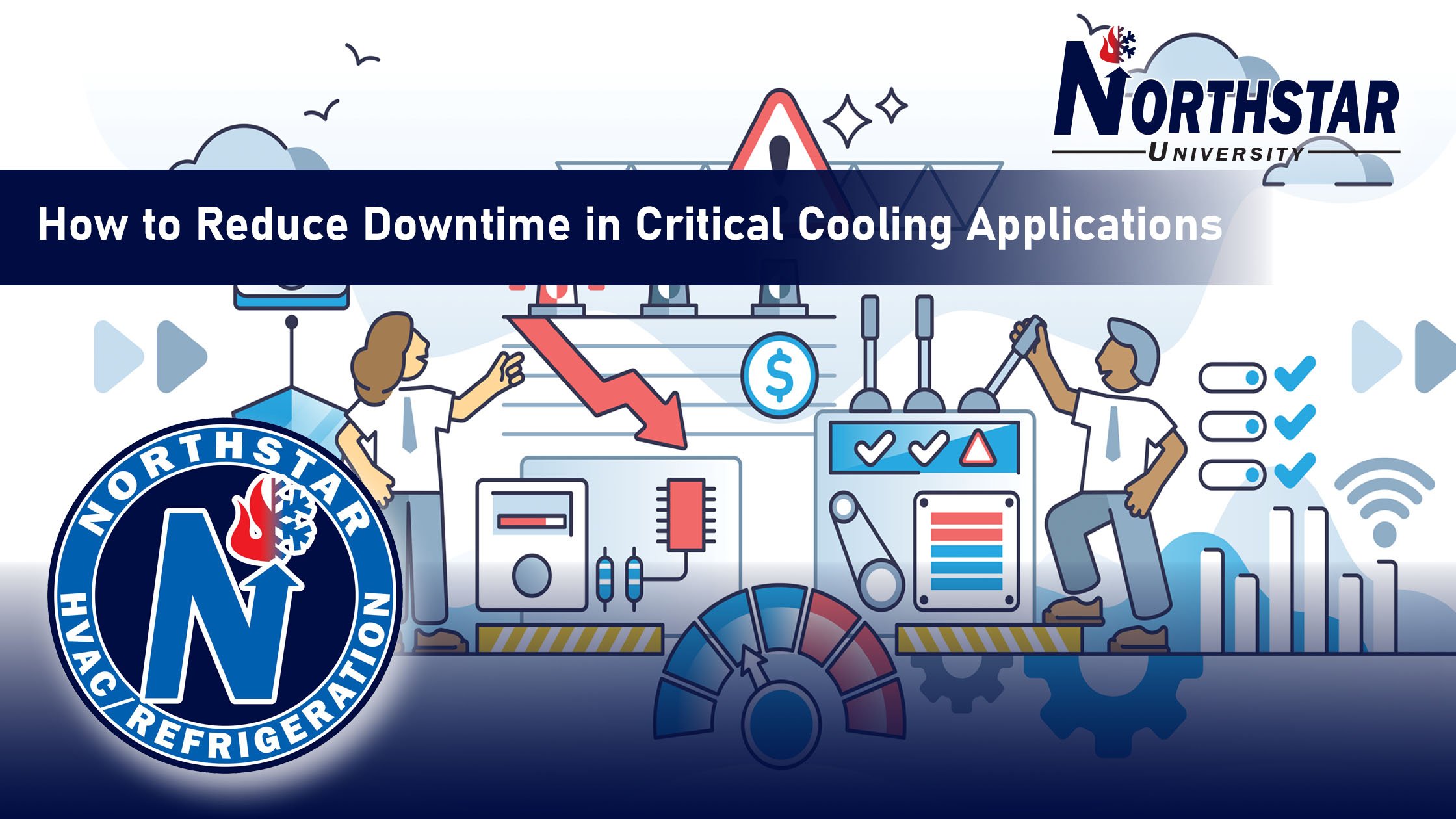
How to Reduce Downtime in Critical Cooling Applications
For industries that rely on critical cooling applications—such as food processing facilities, data centers, pharmaceuticals, and cold storage warehouses—downtime is not an option. Any interruption in cooling can lead to product spoilage, equipment damage, data loss, or costly production halts. Reducing downtime is essential not only for operational reliability but also for protecting profitability and maintaining regulatory compliance.
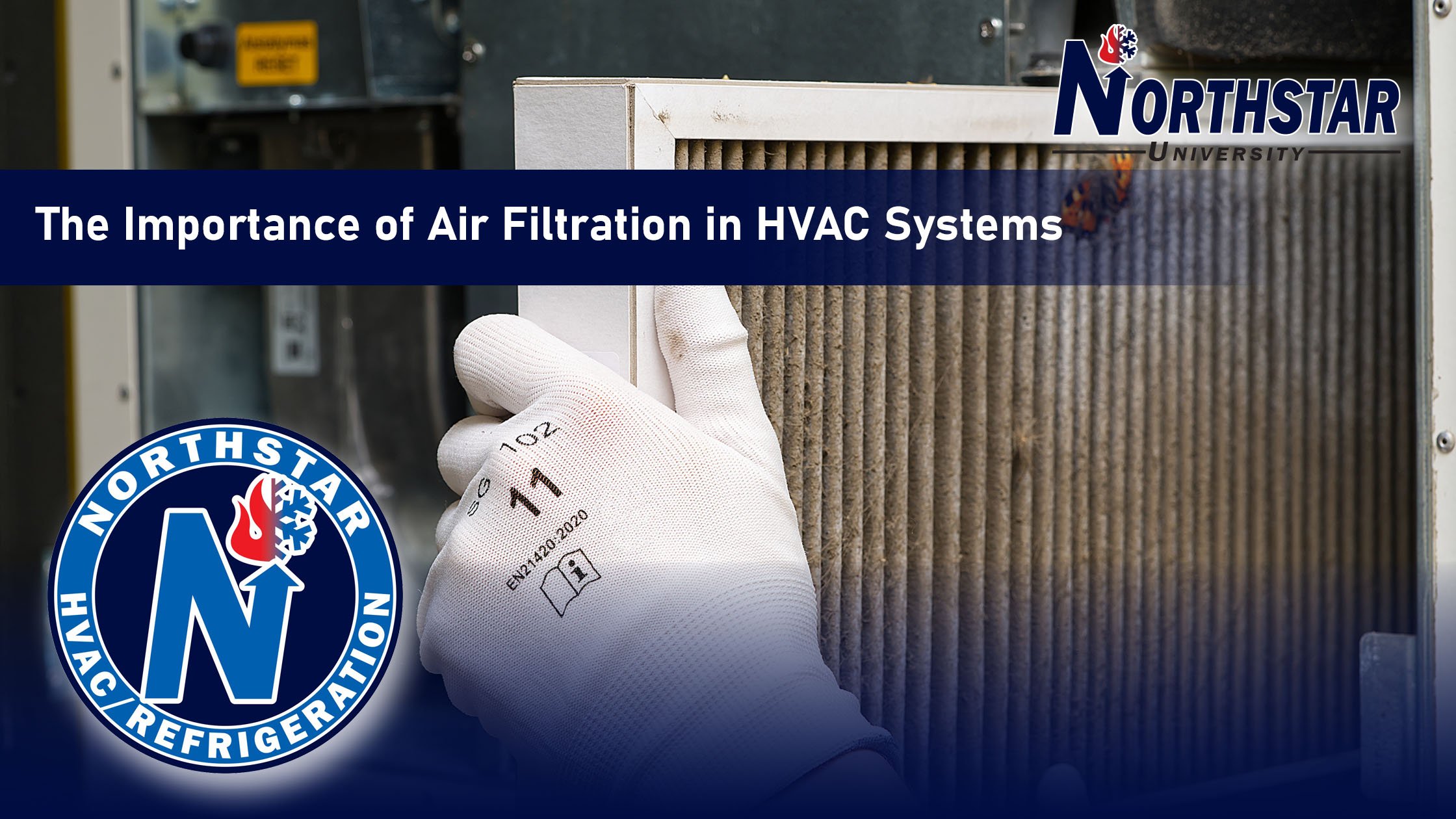
The Importance of Air Filtration in HVAC Systems
In today’s commercial and industrial spaces, air quality and energy efficiency are more critical than ever. While HVAC systems are essential for maintaining comfortable indoor temperatures, their ability to deliver clean, healthy air is equally important. At the heart of this process is proper air filtration.
Whether you manage an office building, manufacturing facility, hospital, or school, understanding the role of air filtration in your HVAC system can help improve occupant health, system performance, and energy savings.

Natural Refrigerants: Why the Industry is Shifting to Ammonia and CO₂
The refrigeration industry is undergoing a major transformation as businesses move away from high-global warming potential (GWP) refrigerants toward natural refrigerants like ammonia (R-717) and carbon dioxide (CO₂, R-744). With stricter environmental regulations, rising energy costs, and increasing sustainability commitments, these natural alternatives are proving to be the future of refrigeration.
While Europe has led the charge in adopting ammonia and CO₂ systems, the United States is now catching up, with new policies such as the American Innovation and Manufacturing (AIM) Act and upcoming HFC phase-downs accelerating the transition.
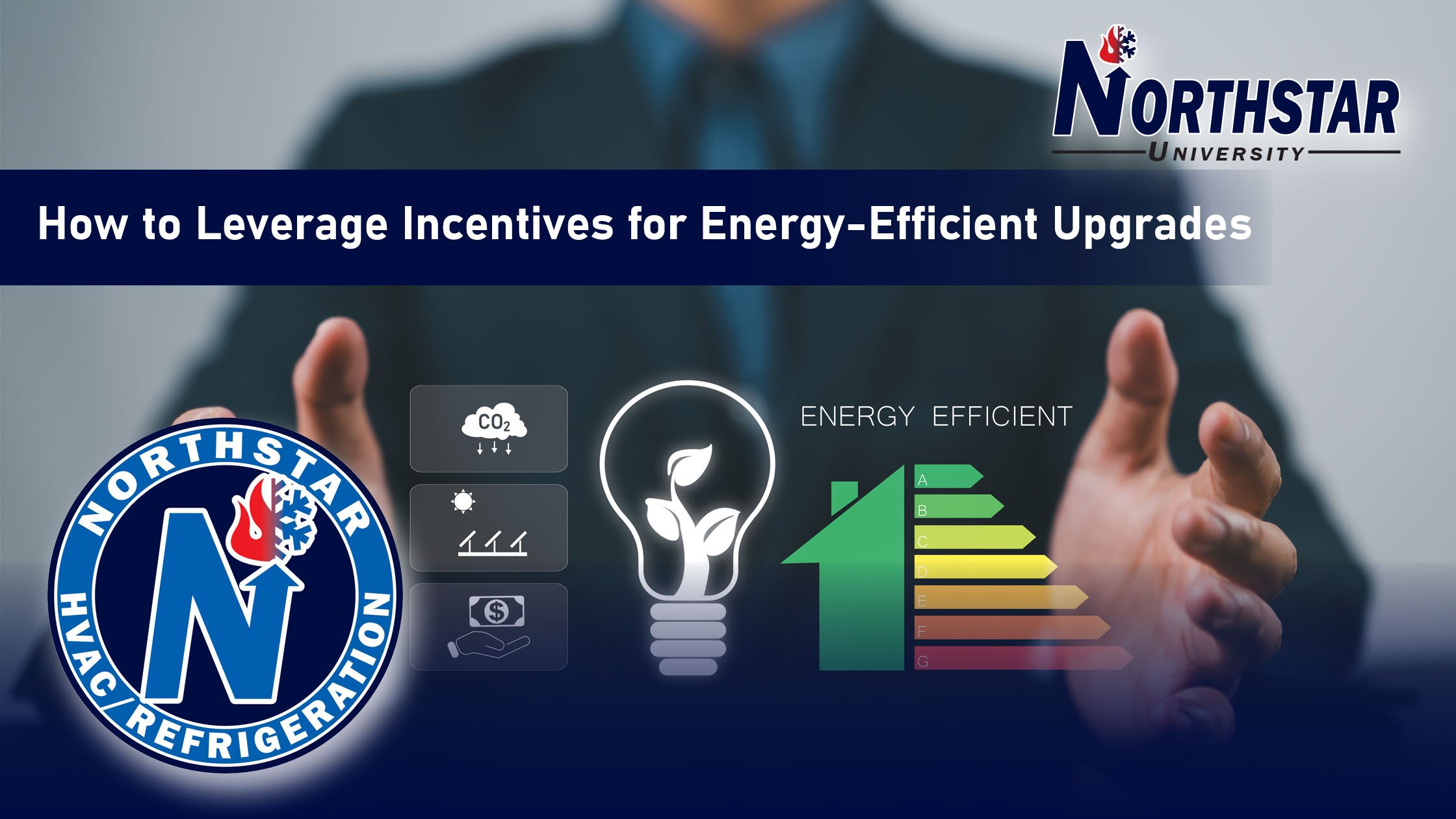
How to Leverage Incentives for Energy-Efficient Upgrades
Upgrading to energy-efficient HVAC and refrigeration systems is a smart investment that reduces energy costs, improves system performance, and supports sustainability initiatives. However, one of the biggest hurdles for businesses considering these upgrades is the upfront cost. Fortunately, rebates, tax credits, and financial incentives can significantly offset these costs, making energy-efficient upgrades more accessible and cost-effective.

Key Signs Your Rooftop HVAC Unit Needs Replacement
Rooftop HVAC units (RTUs) are essential for maintaining indoor comfort in commercial and industrial buildings. However, like all mechanical systems, they have a finite lifespan and will eventually require replacement. Waiting too long to replace an aging or failing RTU can result in higher energy costs, reduced efficiency, frequent breakdowns, and uncomfortable indoor conditions.

Retrofit or Replace: Upgrading Refrigeration Systems for Modern Standards
As refrigeration technology continues to evolve, businesses face an important decision: Should you retrofit your existing refrigeration system or replace it entirely? With new environmental regulations, energy efficiency requirements, and advancements in system design, upgrading your refrigeration system is no longer just about maintaining performance—it’s about future-proofing your business.
In this blog, we’ll explore the key factors to consider when deciding between retrofitting and replacing your refrigeration system, the benefits of each option, and how to ensure your facility meets modern industry standards.
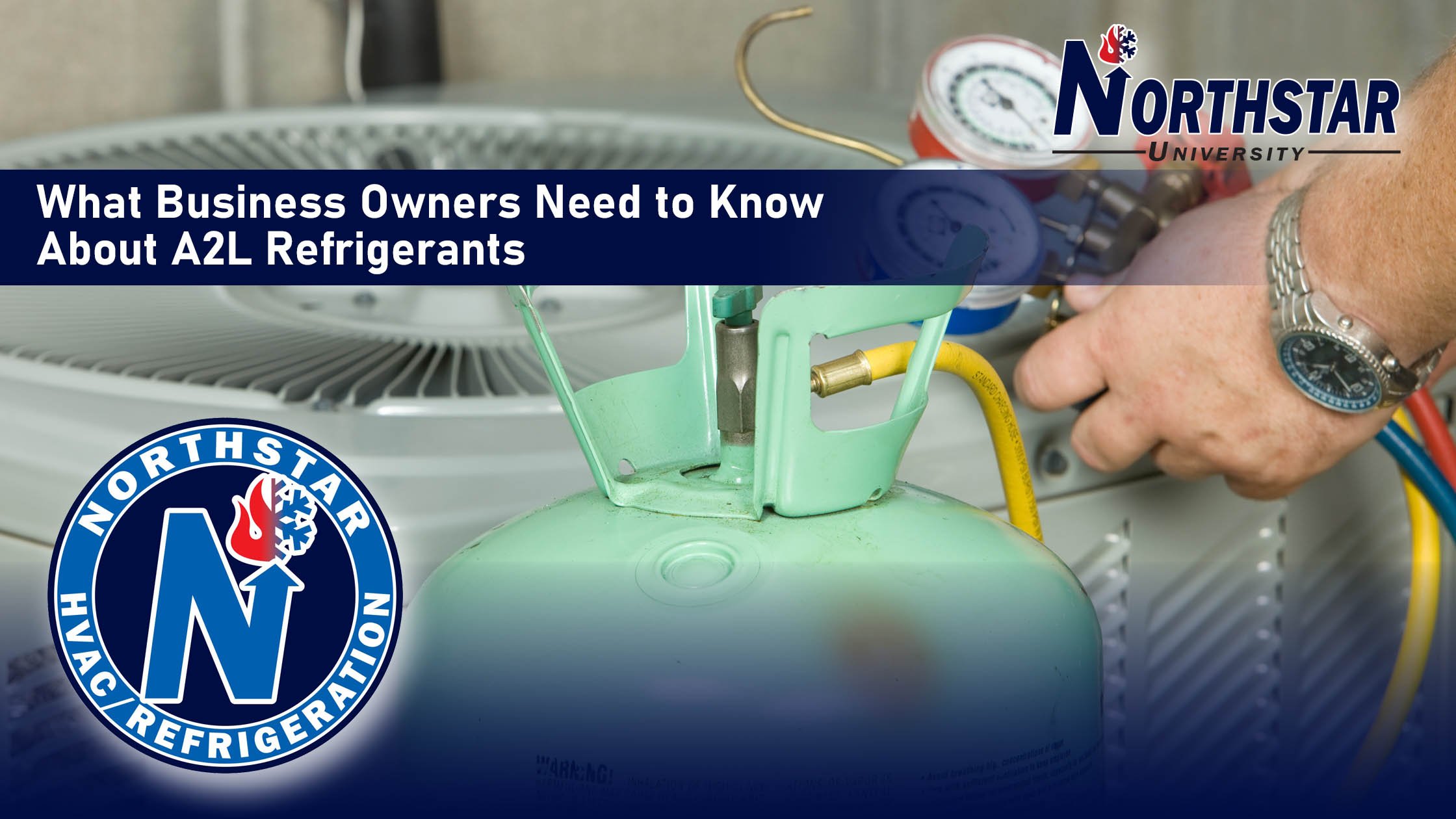
What Business Owners Need to Know About A2L Refrigerants
The HVAC and refrigeration industry is undergoing a major transition with the phase-down of high-global warming potential (GWP) refrigerants. In 2025, new regulations will require businesses to shift towards A2L refrigerants, a new class of low-GWP, mildly flammable refrigerants designed to comply with environmental standards while maintaining energy efficiency.
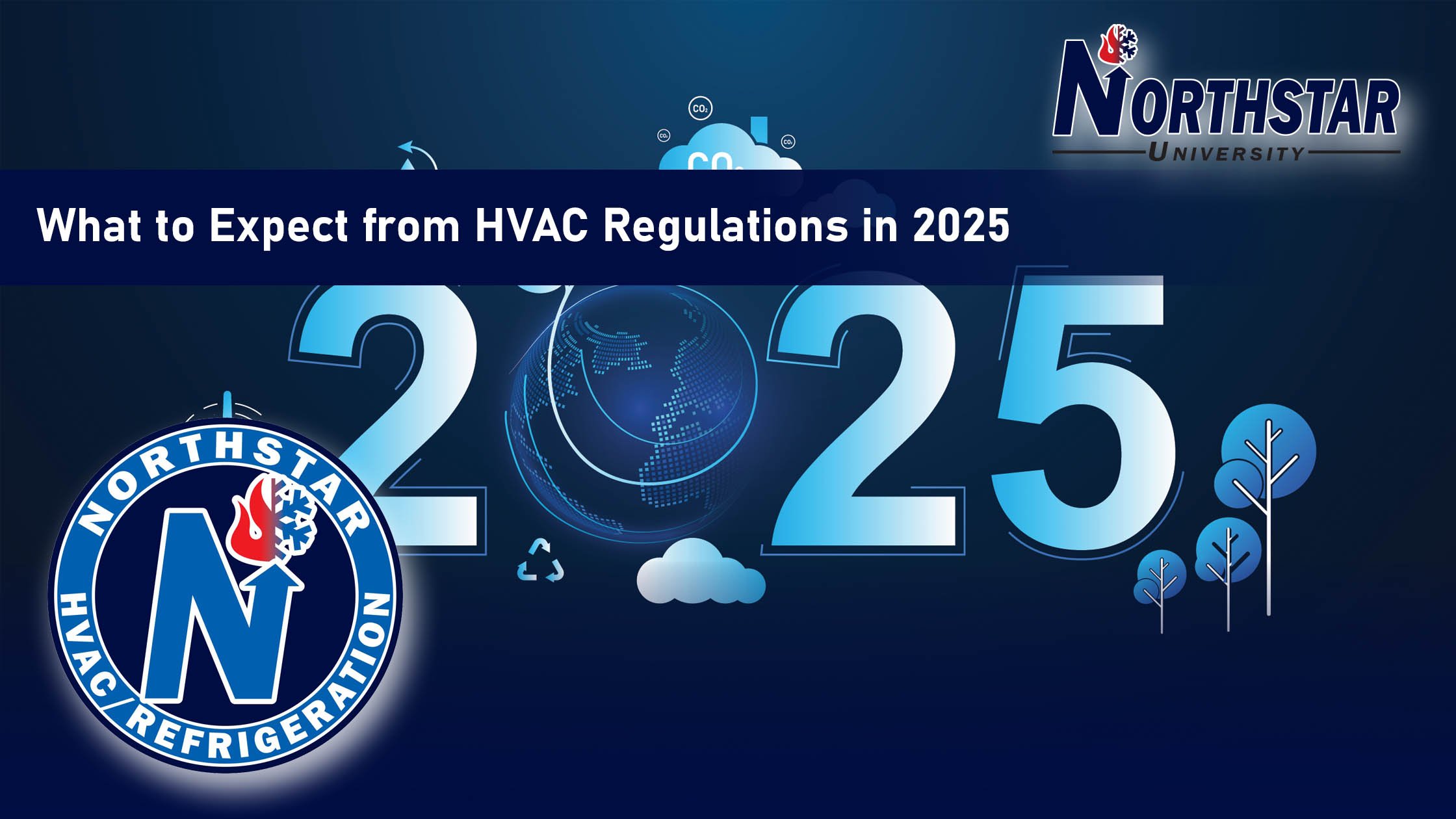
What to Expect from HVAC Industry Regulations in 2025
The HVAC industry is undergoing significant regulatory changes as governments and industry leaders push for greater energy efficiency, reduced environmental impact, and improved system performance. As we move into 2025, new regulations will impact equipment manufacturers, contractors, and building owners, shaping the way HVAC systems are designed, installed, and maintained.
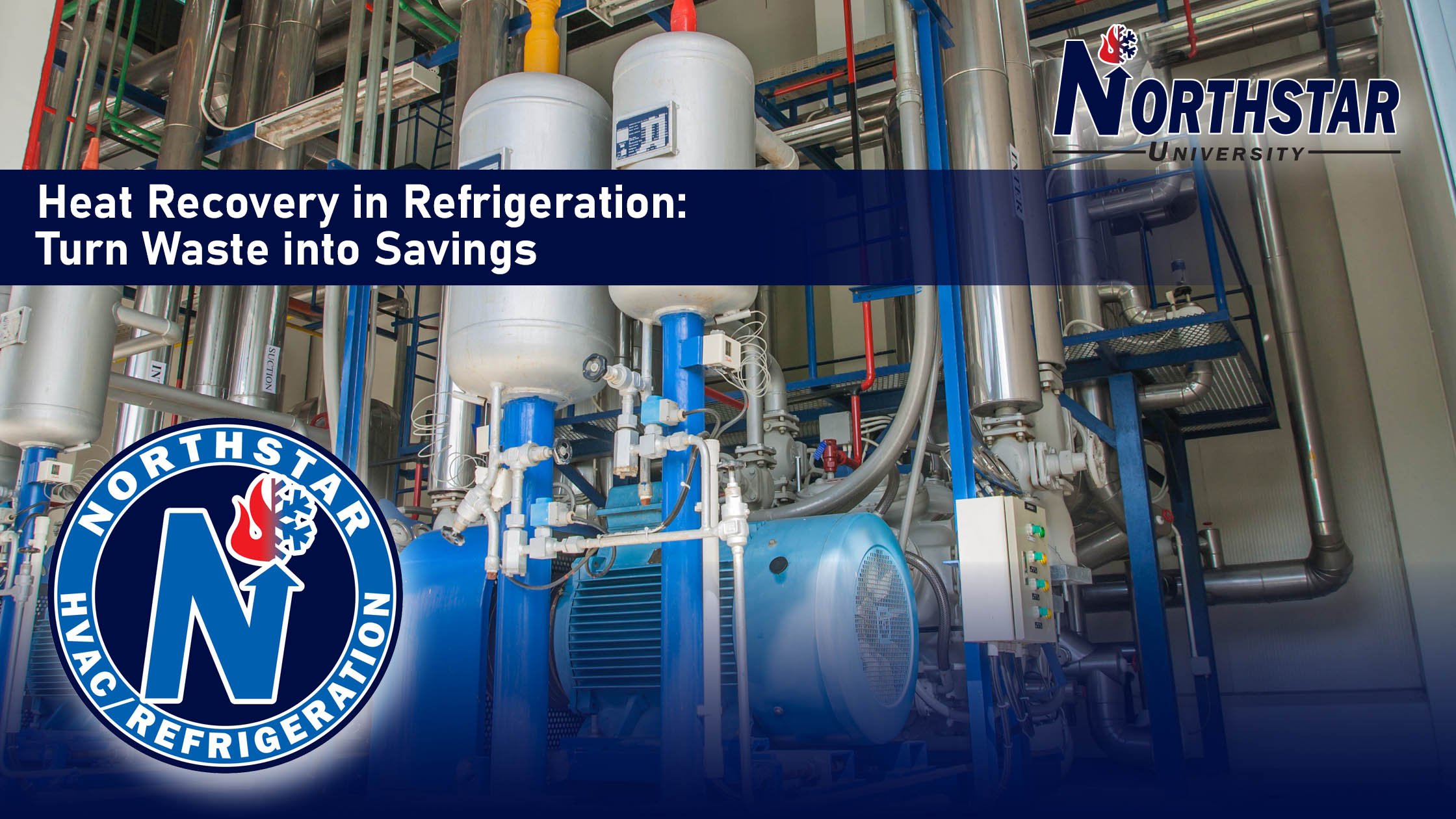
Heat Recovery in Refrigeration: Reducing Waste and Saving Energy
Refrigeration systems are essential in industries like food processing, pharmaceuticals, and manufacturing. However, they are also among the most energy-intensive systems in operation. The good news is that modern refrigeration systems now incorporate heat recovery technology to repurpose waste heat, significantly improving energy efficiency and reducing operational costs.

